A museum in Canada has just displayed the heart of the world’s largest blue whale, which could last for the next 1,000 years because it is completely preserved.
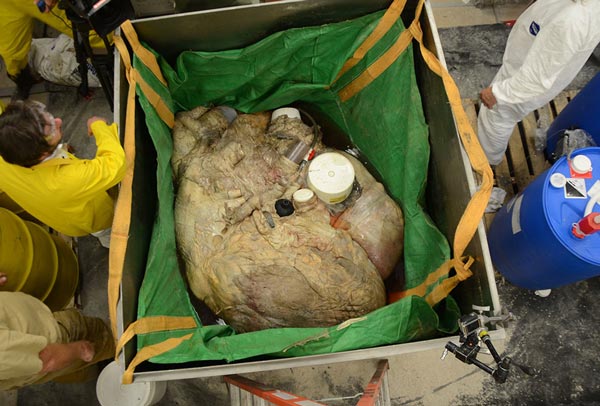
The giant heart of the first marine mammal, weighing 272kg, is on display at the Royal Ontario Museum (ROM) from May 19.
In 2014, several blue whales died in Canada’s Newfoundland while trapped in the ice. Normally these creatures weighing up to 140,000kg die, they almost always sink into the water. But in a rare event, two giant whales have washed up on the banks of the Trout River in the province of Newfoundland and Labrador.
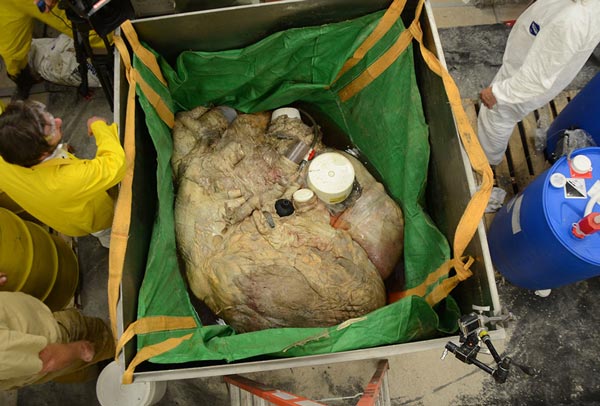
The research team from ROM was excited to learn about the largest animal on the planet. The skeleton of one of the whales is preserved for display at the museum. The rest of the whale’s heart and some other organs were removed for scientific research that had never been done before.
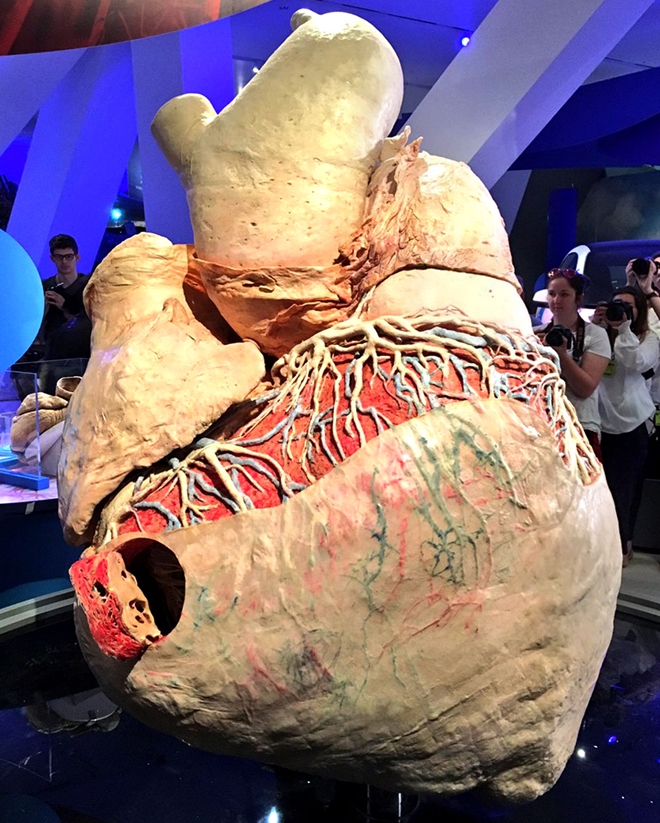
Blue whale heart on display at the Royal Ontario Museum

This is the first time a blue whale heart has been preserved, so removing large amounts of muscle is not easy. The museum has to buy equipment worth thousands of dollars to separate the hearts, then cool them and take them to a freezer in Ontario for preservation.
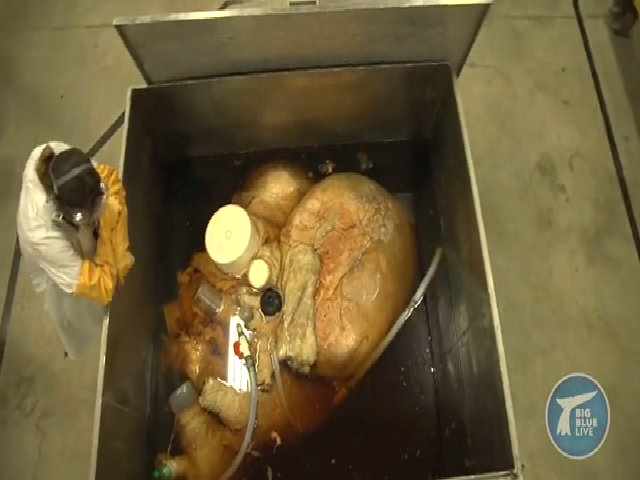
As the team got the scale ready for the job, they thawed the frozen heart, cut off the blood vessels and filled it with fluid to return the heart to its normal shape. The preservation process requires more than 1,000 liters of formaldehyde.
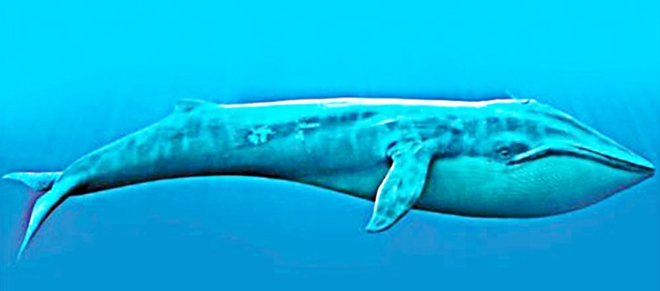
The blue whale has the largest heart of all animals, measuring 1.5m x 1.2m x 1.2m and can pump 220 liters of blood per second.
Before going on display, the heart was brought to Germany, where technicians studied it for more than a year because there were no facilities in North America large enough to handle whale hearts.
We hope that, through the study of the world’s largest blue whale, we can reveal many secrets that have yet to be discovered.







